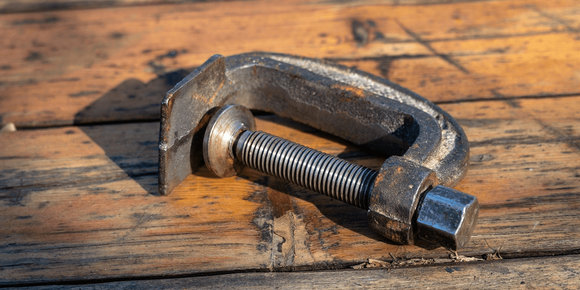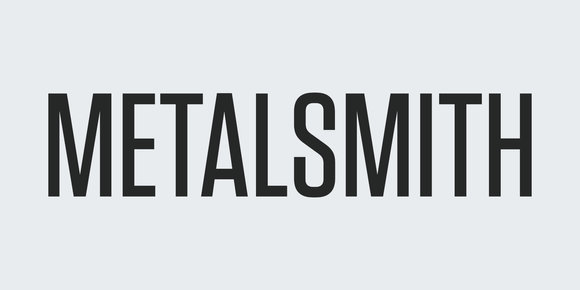
Photo by Mick Haupt on Unsplash
Have assets in your source directory that are never used by your output? Save some space, get rid of them!
Removing static assets (images, CSS, JavaScript, documents/PDFs, etc.) at the end of your build pipeline reduces the amount of content that has to be written to disk and then eventually uploaded to a web server. Not removing these assets probably doesn't hurt your build time as much as running other plugins, but it's an easy optimization to take.
See "Minify Files in Metalsmith" on reducing the size of assets that are used in your final build output.

Minify Files in Metalsmith
Mar 26, 2020 · 3 min read
Minified files maintain all the functionality of their original source but optimize for size, which in turns means faster page loads and improved SEO - and it's a snap to do in Metalsmith.
Project setup
To keep this article short and to the point we're not going to set up a full website, just enough to show sample usage. See "Starting a Metalsmith Project" for a more complete article on how to set up a Metalsmith project.

Starting a Metalsmith Project
Sep 19, 2019 · 12 min read
Metalsmith is a plugin-based static site generator originally from Segment. It's a current favorite of mine because of how sites are built as a pipeline of plugins where the output of each plugin is the input of the next. This allows for strong control over what happens and when it happens.
Installing packages
Starting with an empty project, install some Metalsmith packages:
npm install --save metalsmith metalsmith-html-unusedmetalsmithfor the base project.metalsmith-html-unusedto remove unused static assets.
Source file structure
Create the following directories and files for use in the build pipeline:
.
├── index.js
└── src
├── index.html
└── static
├── css
│ ├── unused.css
│ └── used.css
├── img
│ ├── unused.png
│ └── used.png
└── js
├── unused.js
└── used.jsYou can fill in those CSS and JavaScript files with anything, or leave them blank entirely - their contents don't matter, just that they exist.
Writing the source files
Fill in your src/index.html file like this, referencing each of the "used" assets:
<!DOCTYPE html>
<html lang="en">
<head>
<link rel="stylesheet" href="static/css/used.css">
</head>
<body>
<img src="static/img/used.png">
<script src="static/js/used.js"></script>
</body>
</html>That way there are no HTML files that reference the "unused" assets.
Then set up your index.js file like this:
const Metalsmith = require('metalsmith');
const unused = require('metalsmith-html-unused');
Metalsmith(__dirname)
.source('./src') // source directory for the pipeline
.use(unused({ // remove unused static assets
pattern: '**/*.@(css|js|png)',
}))
.destination('./build') // destination directory of the pipeline
.clean(true) // clean the destination directory before build
.build(err => { // execute the build
if (err) {
throw err;
}
});This will:
- Scan through all HTML files in
src/(so justsrc/index.html) looking for any*.css,*.js, and*.pngfiles that are unused, and remove them from our output. - Copy
src/index.htmltobuild/index.html. - Copy
src/static/*/used.*tobuild/static/*/used.*(and notsrc/static/*/unused.*as they were removed).
See the metalsmith-html-unused options for other available options.
Build
Run the build command like normal:
node indexThen look in build/static and see that none of the "unused" assets are there.
Uses
As stated in the intro, there are a number of reasons why you might want to remove unused files:
- It reduces the total size of files that will be uploaded.
- Could remove old versions of files/documents that shouldn't be available anymore.
- Could remove unused files before expensive processing (such as converting/resizing images with
metalsmith-sharp).
With such little code needed you might as well take this optimization!



